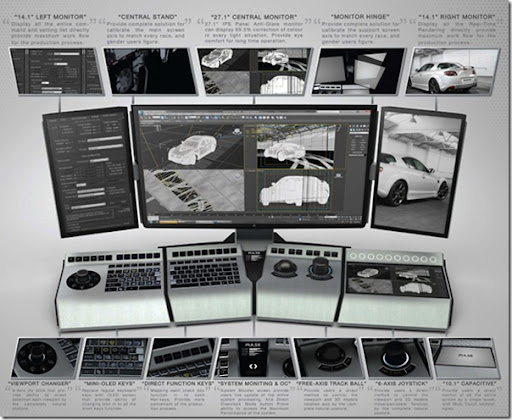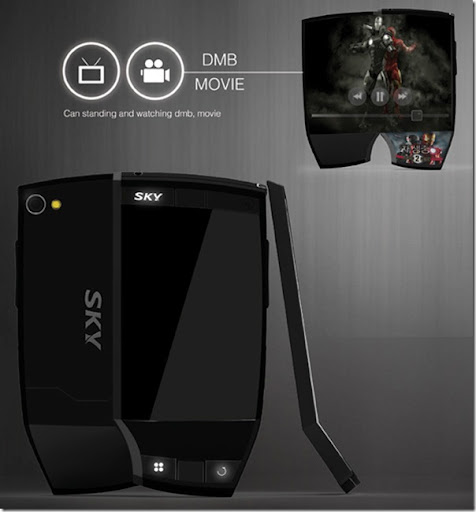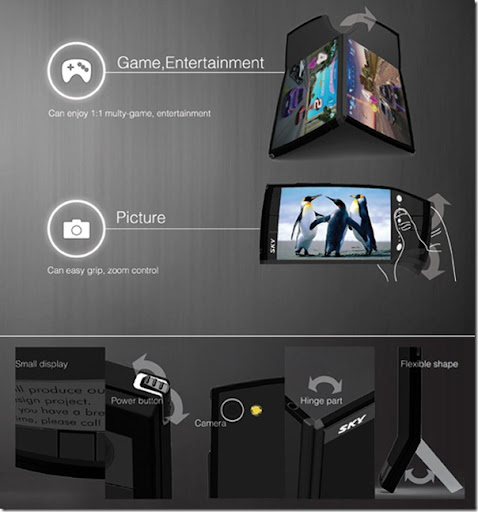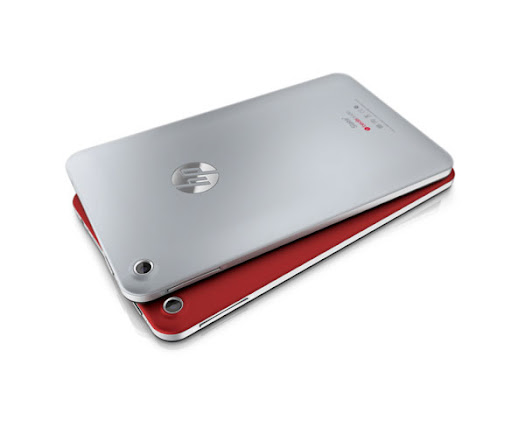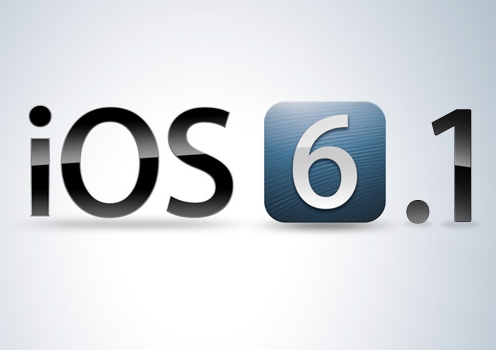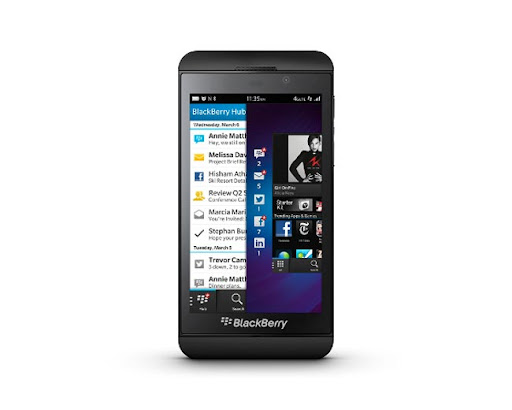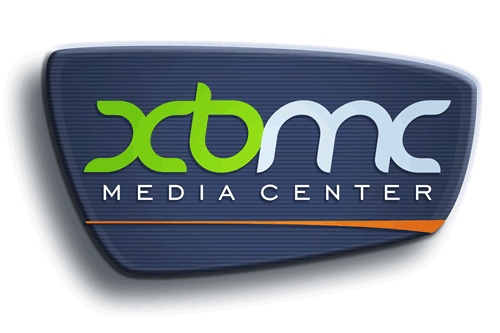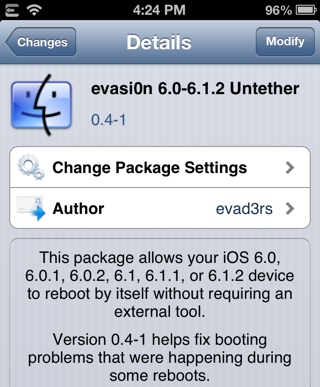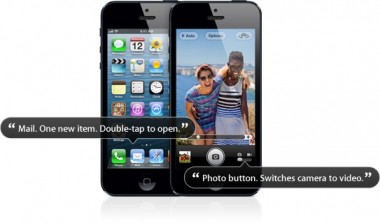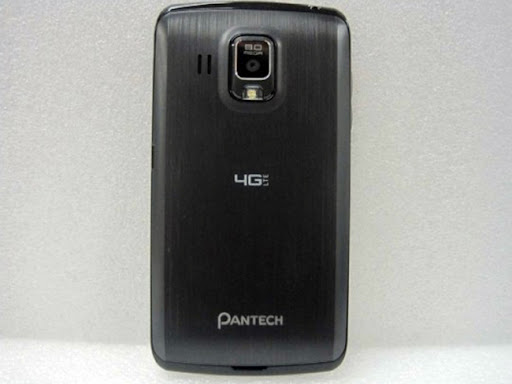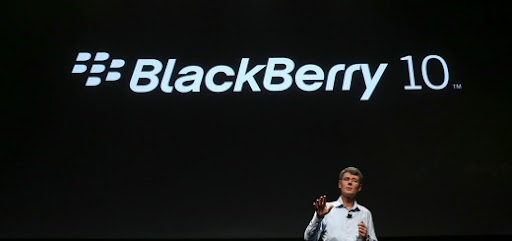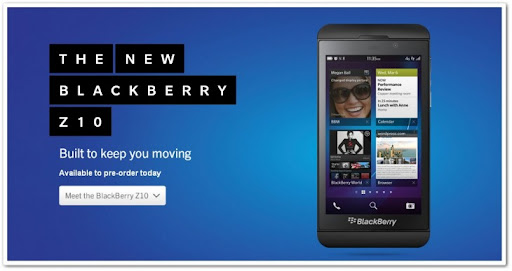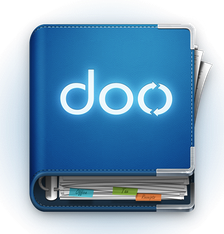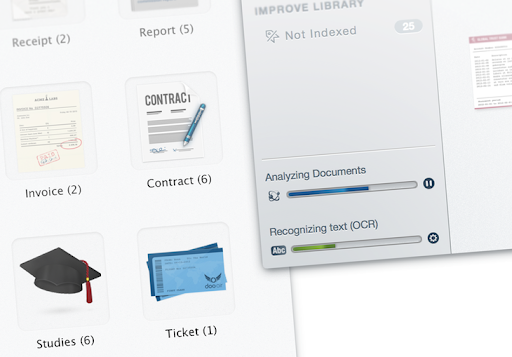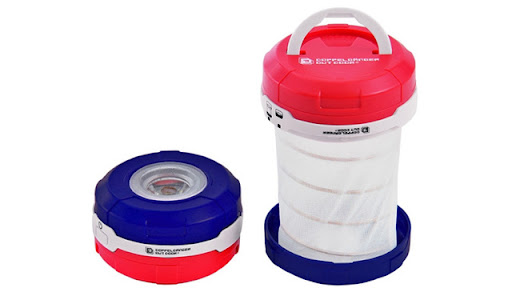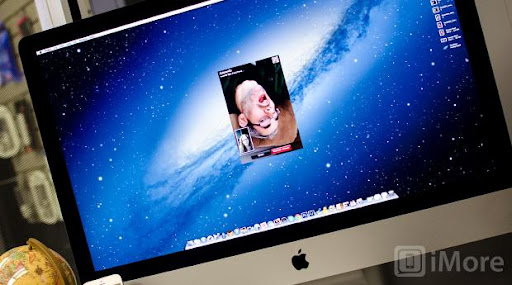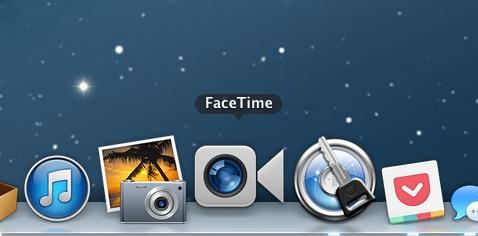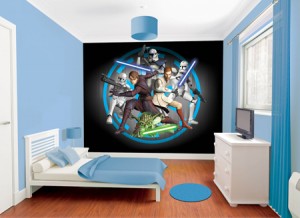I was happily surprised to see Hunter Walk interview Jason Kincaid, one of the first TechCrunch employees. The interview is here and I’m reprinting it below.
Jason joined TechCrunch when it was still being run out of my house (before the city of Atherton kicked us out). Even after “retiring” he’s still no. 11 on the all time tech writers list.
Jason broke a lot of big stories. But he also has the rare ability to write thought pieces that shape Silicon Valley culture and thinking. From the moment he joined he was part of the core backbone of TechCrunch. From the article I wrote when he resigned in 2012:
Jason also became, as he says in the interview, a counter voice to many of the editorial and other decisions we made internally. Jason is not the kind of person who would just go with the flow. If he disagreed with something he’d immediately speak up. We often changed plans based on his input.
Anyway, this interview is interesting because it talks about some of the things that happened early on, things that became part of the mythology of TechCrunch. It was great to see this.
Early Employees: Jason Kincaid & the Rise of TechCrunch
Jason Kincaid, early TechCrunch reporter (@jasonkincaid)
Q: When did you join TechCrunch and how did you originally get connected to the team?
A: I usually tell a sanitized version of this story, but what the hell.
It was March 2008, and I'd just graduated from UCLA with a B.S. in biology, a minor in 'society and genetics', and zero sense as to what I wanted to do with my life. My good friend Ed McManus (now cofounder of Yardsale) invited me to a party being thrown by an investor in honor of Scribd's (the 'YouTube for documents') first birthday.
The party was unlike anything college had prepared me for - and the likes of which I haven't seen since. Caviar and vodka shots. Sculptures made of seafood. A basement that had been overhauled to resemble a vintage gas station. Waiters who walked around with endless glasses of champagne, deftly swooping in as soon as one hit empty. I'd had a few - and sure, I sampled the vodka - but the single stair, running the full length between the living room and a hallway, really should not have been there. It was too easy to forget about. I'd have remembered if there were, say, *two* stairs. But the one slipped my mind.
I tripped. My champagne glass fell, and the explosion - louder than any that had come before it - echoed through the halls. I bolted. Down the hallway, straight out the front door. I don't even remember running, honestly. I stood there in the driveway, trying to catch my breath and staring at the mob of catering trucks, with a vague sense that I was now a Silicon Valley pariah - which I could handle - and that Eddie was going to kill me, which I felt badly about.
A few minutes passed and I reentered the house as stealthily as I could. No trace of the glass. Nobody was waiting to dole out further humiliation My heartbeat was still pounding in my ears. I sat on a couch in the now-deserted living room and considered how post-college life had really gotten off on the wrong foot.
Eventually a friendly guy I didn't know named Mark Hendrickson came over and we started talking. He was a writer at TechCrunch, which I read sometimes, and I was waiting to hear back from The Economist about an internship I'd just interviewed for. He said to ping him if that fell through.
Two weeks later ("Bad news I'm afraid. You haven't got it.") I shot Mark an email. I had an interview with TechCrunch founder Michael Arrington and CEO Heather Harde that afternoon (my writing sample was my Letter of Introduction made out to The Economist). They said they'd try me out for a month and see how things went. As I left Mike told me to make myself irreplaceable. I sure tried.
Q: What phase was TC in at the time – still at Mike’s house? Who had been hired already?
A: TechCrunch was already a major force in the Valley, but we were still in Mike's rented house in Atherton and very much a startup ourselves. On any given day there were four to eight of us, plus or minus some interns. Our desks took up the living room (which contained Heather’s pseudo-office), the foyer, the hallways, and two bedrooms. The only space Mike kept for his own was the master bedroom.
My desk was just outside Mike's bedroom door, which meant I was the first person he saw some mornings. He'd open the door, stand in the doorway - groggily rubbing his tired eyes - and I'd already be halfway through telling him about another embargo train-wreck. Sometimes he'd walk straight back into his bedroom and slam the door. I couldn't blame him. I don't know how he did it for so long - I'd have gone bonkers.
I remember being excited that my checks said I was employee 0007 (MI6 has yet to call). I was less excited that my desk was near the 'office' bathroom.
The employees when I first joined: Michael Arrington (founder/editor), Heather Harde (CEO), Erick Schonfeld (co-editor, working from NYC), Mark Hendrickson (writer/developer), Henry Work (developer), Gene Teare (CrunchBase PM). I had a brief overlap with Mark McGranahan (developer), Sarah Ross (marketing), and Duncan Riley (writer); writer Nick Gonzalez left just before I started. There were a few folks working remotely on TC’s sister sites, including John Biggs (CrunchGear), Mike Butcher (TC UK), and Ouriel Ohayon (TC France).
Q: At what point did you realize the impact TC was having on the tech community?
A: It was a gradual process. First came the superficial, 'Wow, TechCrunch is a big deal' moments. Shortly after joining I wrote what would be the first of many posts criticizing Facebook for a privacy issue - in this case, there was a notification box with some misleading wording. Facebook changed it a few days later.
I felt like a badass (my bar was pretty low). Then I published my amateurish follow-up post, which featured the most mundane headline to ever appear on TechCrunch: Facebook Rewords Mini-Feed Notification. The commenters dutifully tore me apart and my ego has yet to recover.
It wasn't until months later, after meeting with dozens of entrepreneurs, that I better understood TechCrunch's real impact. There are plenty of people who see TechCrunch as just another big press outlet, but there’s also a mystique to it. The founders I spoke to expressed it in different ways - some got nervous, others overly-animated, still others had an anxious pleading - but you could sense that their interest in appearing on TechCrunch wasn't just about getting good press. It was about validation, it was part of the journey; in many cases, it helped inspire them to start a company in the first place. This is still true for many founders. I tried not to forget that.
Q: What was your most meaningful contribution(s) to TC’s success?
A: There were some big stories - Apple's blocking of Google Voice comes to mind, as does Facebook Fax (Facebook punked us by enabling a bizarre fax-this-photo feature just for TechCrunch employees. The following day I made my debut in the San Francisco Chronicle as the reporter who had covered a Facebook feature that "Doesn't Exactly Exist").
But I'd like to think my most meaningful contribution was my approach to writing, which I believe rubbed off on some of my colleagues. TechCrunch had several strong voices, some of which dabbled in hyperbole from time to time. I'm guilty of some sensational stories myself, but in general I tried to take a more cautious and nuanced approach, and I think it helped balance things out.
I’m also pretty opinionated (fancy that, a tech blogger with opinions!) and wasn’t afraid of letting Mike and Heather know when I was concerned about something - they always took the time to hear me out, which I appreciated. As a result, I helped with various decisions over the years.
Q: Did you have any traditions or rituals that helped define TC’s culture?
A: TechCrunch wasn't big on traditions (the only one I can remember was Heather's tradition of buying us cakes on our birthdays) but it’s possible the company culture wasn’t conducive to them. We had so much going on all the time - from surprise guests, to weird stuff arriving in the mail, to Mike needing us to send him an article to verify a fact minutes before he was going to be on TV - that the culture was more concerned with holding on for the ride than it was with establishing traditions. We ate a lot of Chipotle and enjoyed playing with Mike’s dogs, but I’m not sure those qualify.
For several years running I did try to make wearing a suit to the Crunchies a company-wide tradition (I like wearing suits), but didn't have many takers.
Q: How did you find out that TC has been sold to AOL and what were your feelings?
A: The day is a blur. Om Malik broke the news in the middle of TechCrunch Disrupt, which is a frantic time for the writing staff. I remember sitting next to a few colleagues and re-reading that post about ten times. I had friends sending me lame jokes about AOL CDs before I knew what was going on. We got most of the details at an all-hands that evening.
There was a part of me that was happy - I'd soon be getting a check that would make nearly any 25-year-old thrilled. But there was also a tinge of disappointment. I'd long thought that TechCrunch had gotten the 'hard stuff' right - Mike, Heather, and Erick had built up a great writing team and somehow managed to get these strong personalities to work together as a happy-ish family. But the product side was problematic: we never had enough developers, and the ones we had were constantly putting out fires and couldn't dedicate much time to actually improving the site. I thought there was a lot of upside to be had if we could get TechCrunch's user experience to live up to (and maybe even enhance) its content.
That said, I don't hold anything against Mike for selling. TechCrunch was his baby and he put everything he had into it, to the point that I grew seriously concerned about his health at times. The landscape for tech blogs and other 'new media' is tumultuous and unpredictable - if selling seemed like the right call at the time, I can’t blame him.
Q: Today tech journalism is big business and there are multiple sites fighting for readers. Do you think TC is still the most influential – why or why not?
A: The short version: yes, TechCrunch is still the most influential, though the competition is fierce.
When I first started at TechCrunch it was relatively unknown outside of tech circles - I told people I worked at "a tech news site". These days, some people get mildly offended if I ask them if they've heard of it (“Uh… yeah, of course”). Hell, they're running ads in NYC taxi cabs. So, in that regard it's clearly grown in influence.
AOL’s foolish decision to force Mike out, followed by the loss of some great people, obviously left a mark that has taken time to recover from. Mike (and the rest of us - but usually Mike) broke really big stories regularly. That’s hard to replace. And it takes time to establish new voices.
But they've been working hard, and, while there’s plenty left to do - it’s paying off. Startups still go to great lengths to try to get on TechCrunch and I don't think that's going to change any time soon. Of course, I'm a little biased - I've got my fingers crossed that I'll see an ad for TechCrunch on a flight into space someday.


